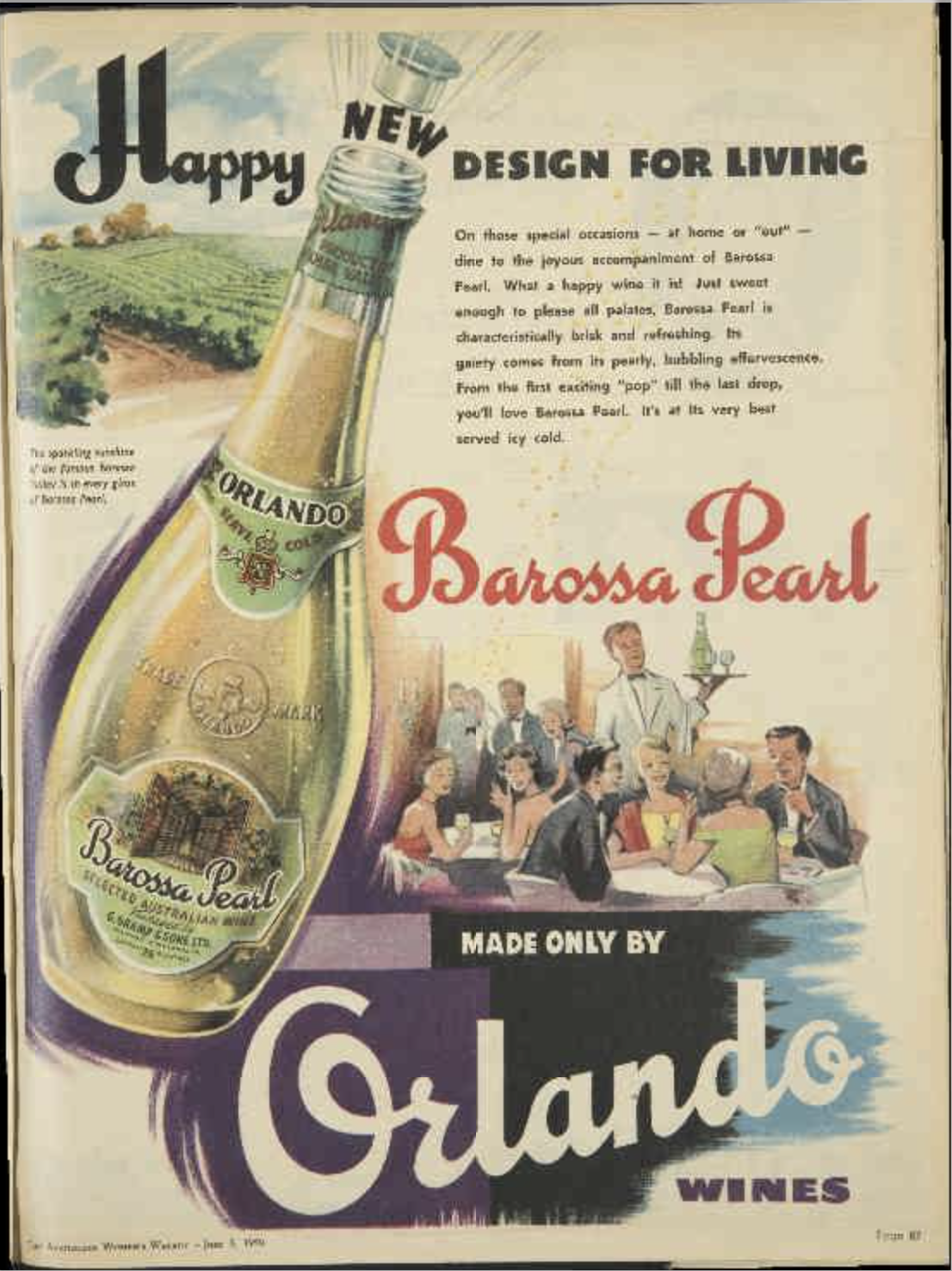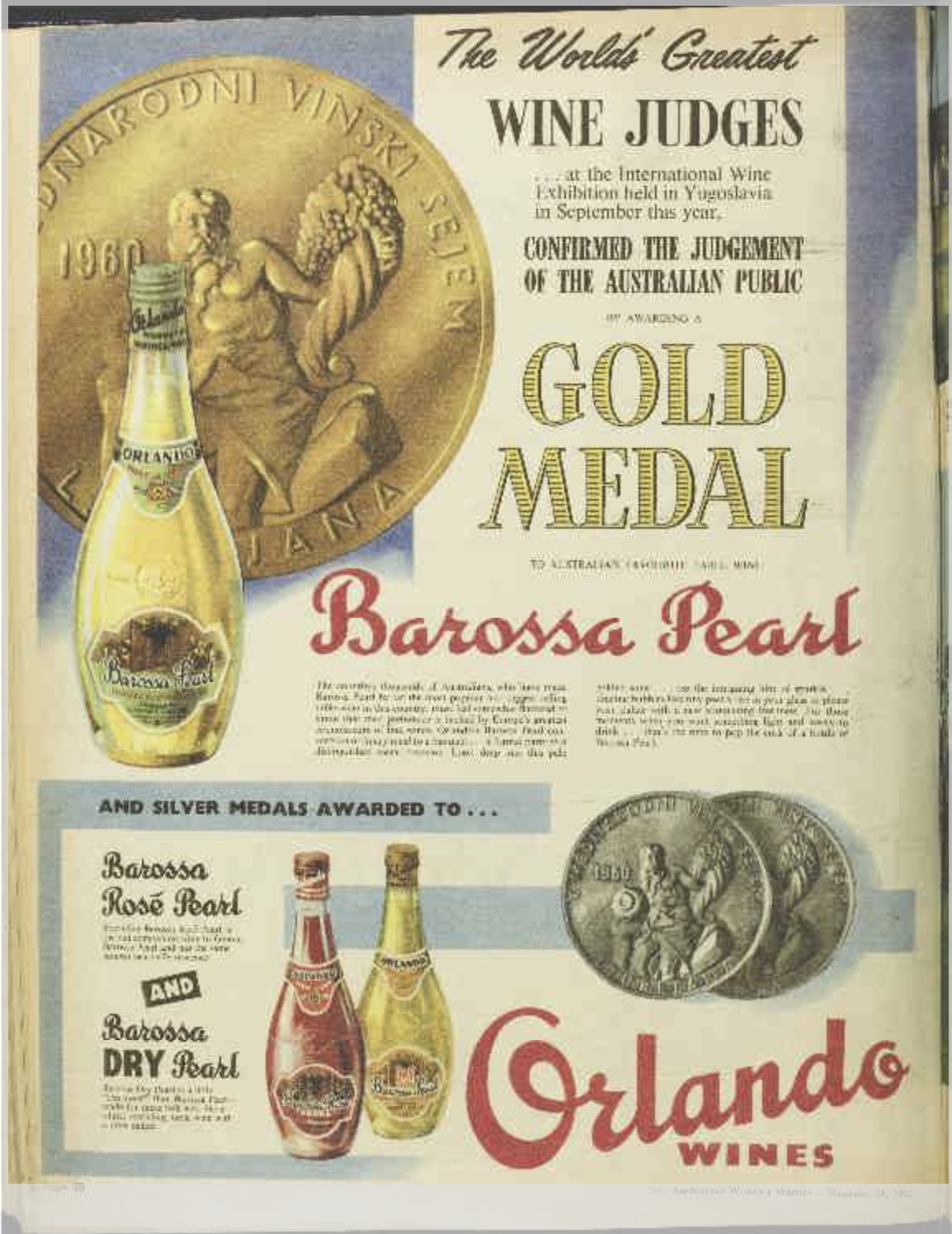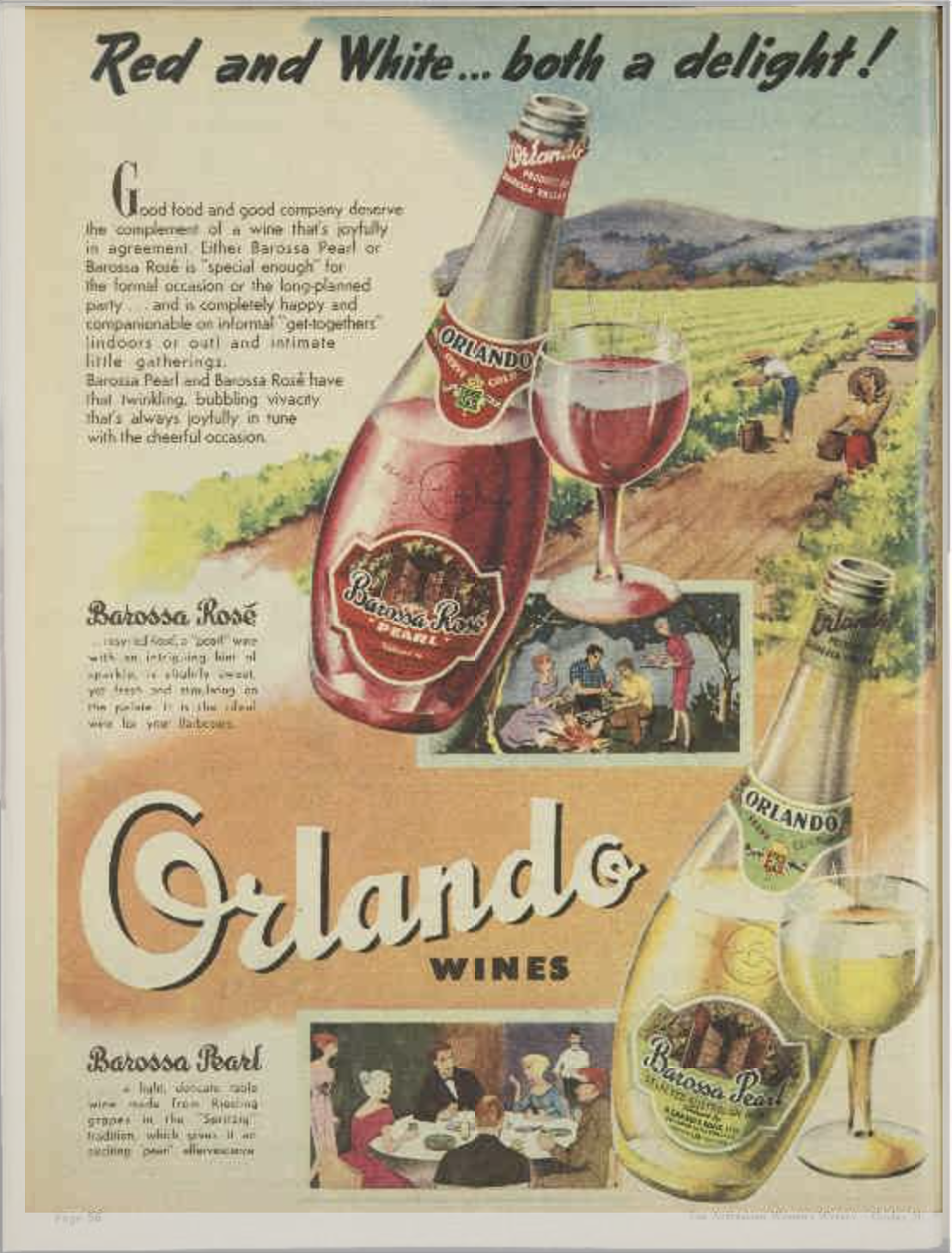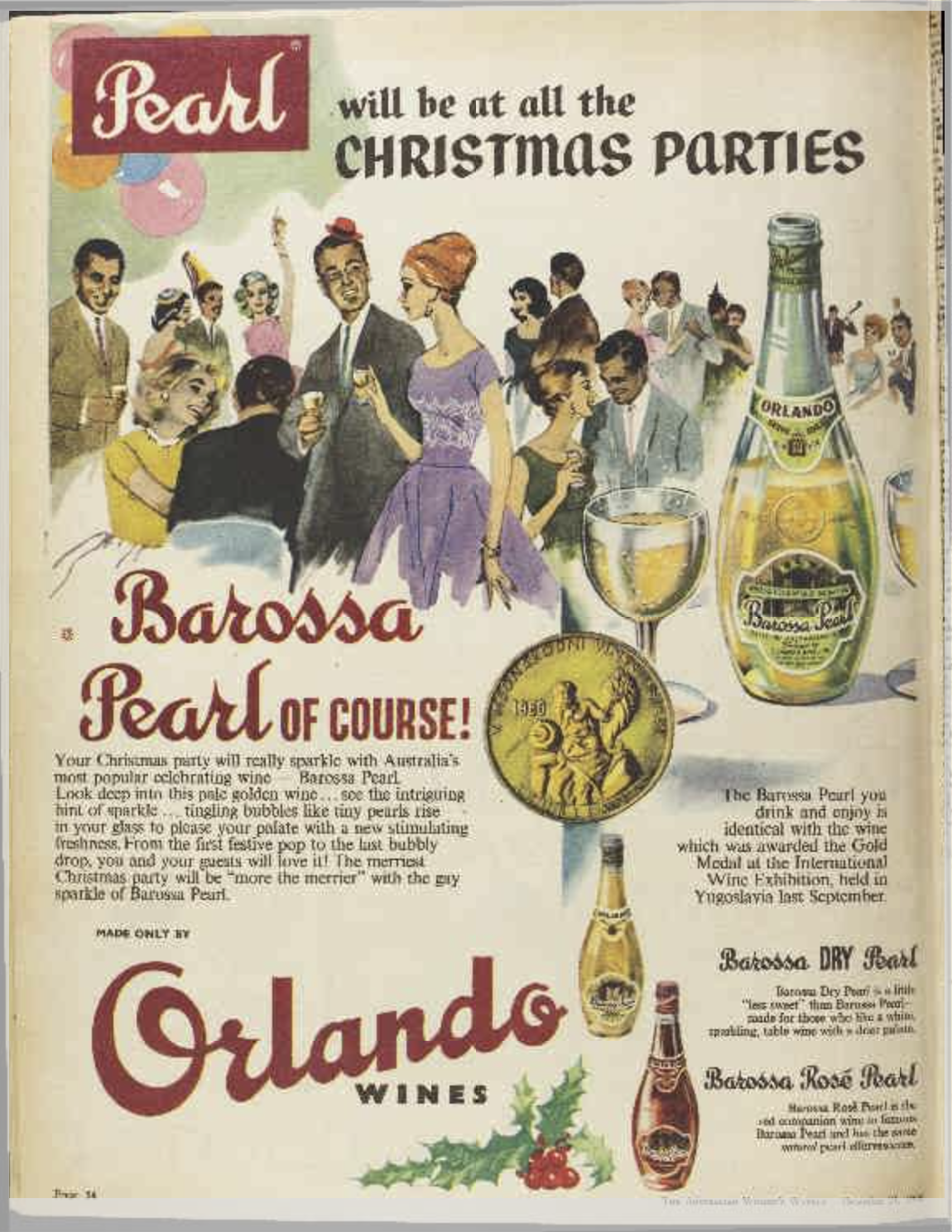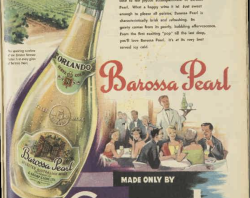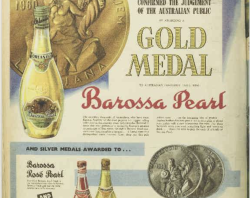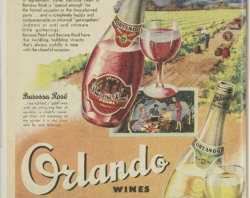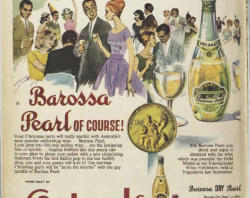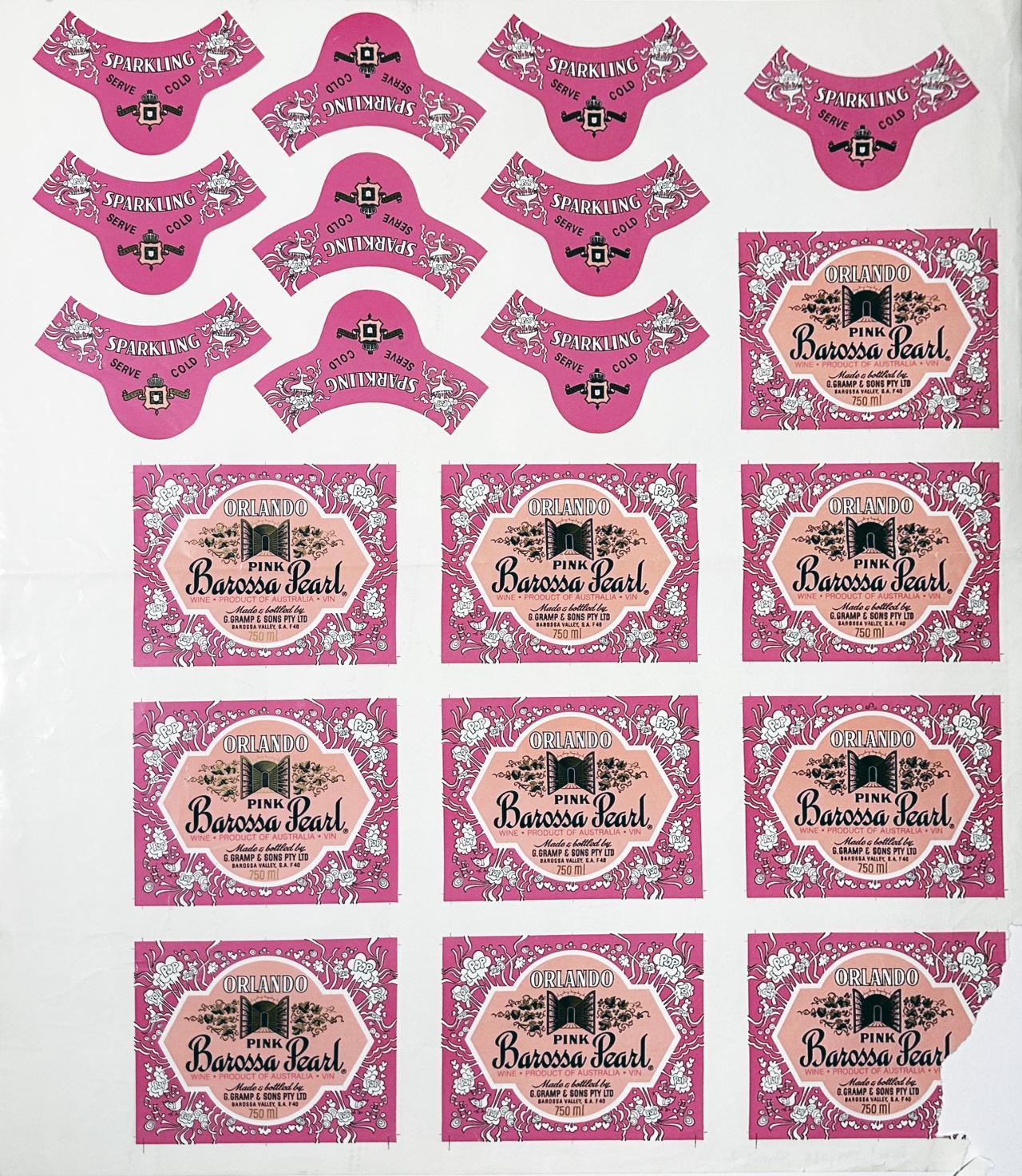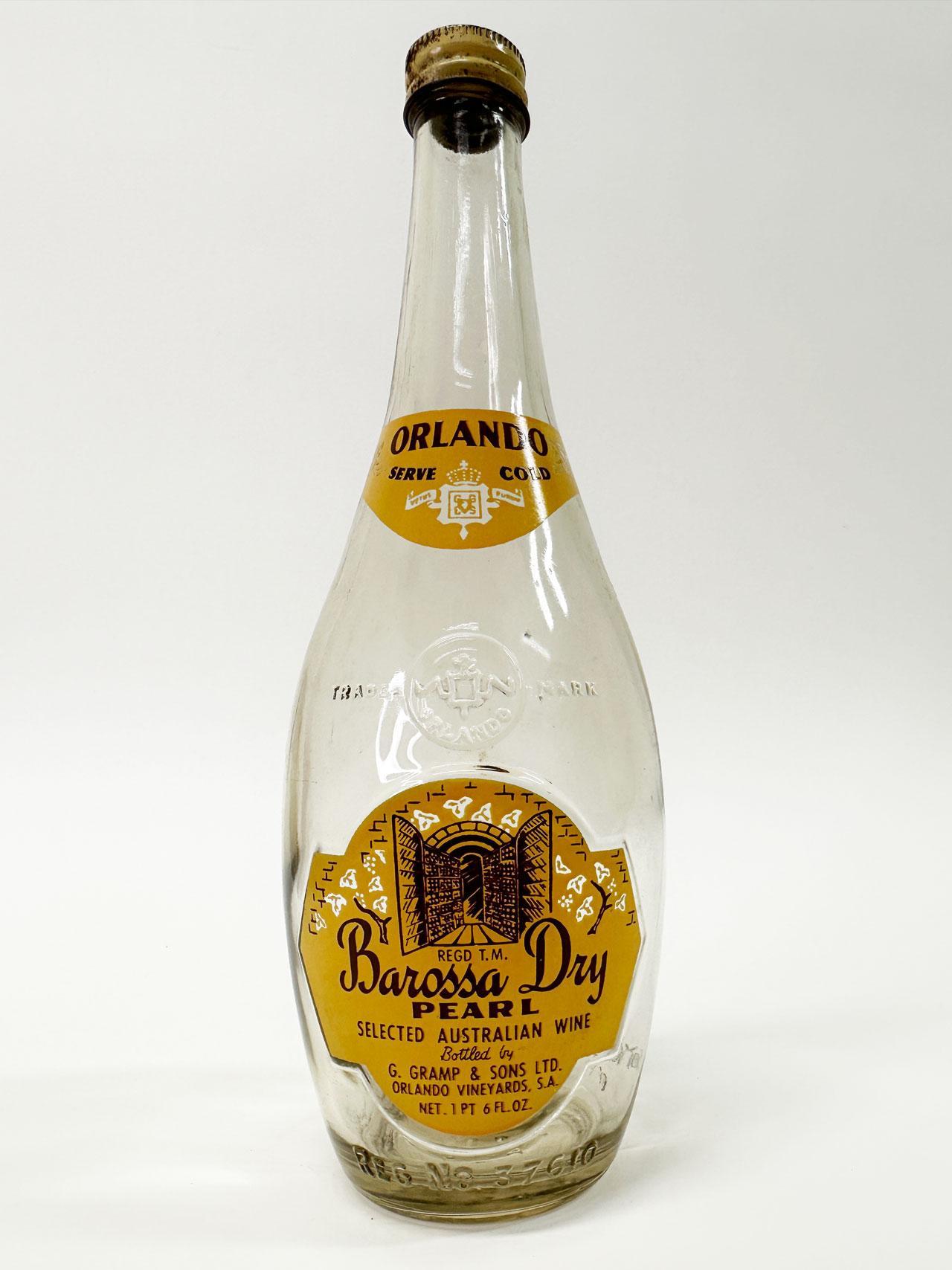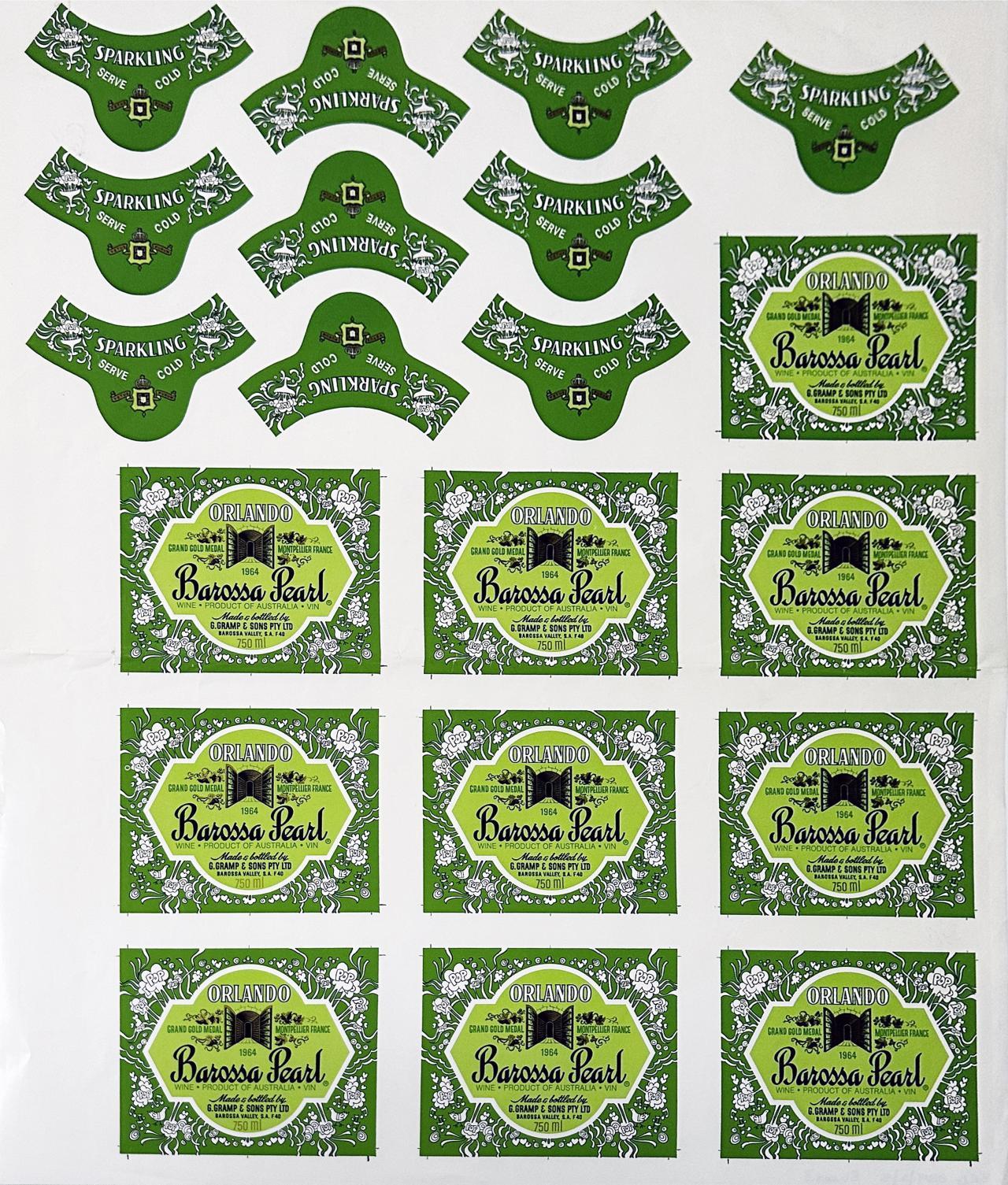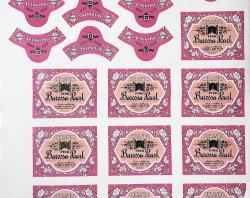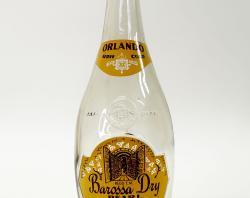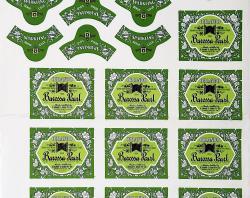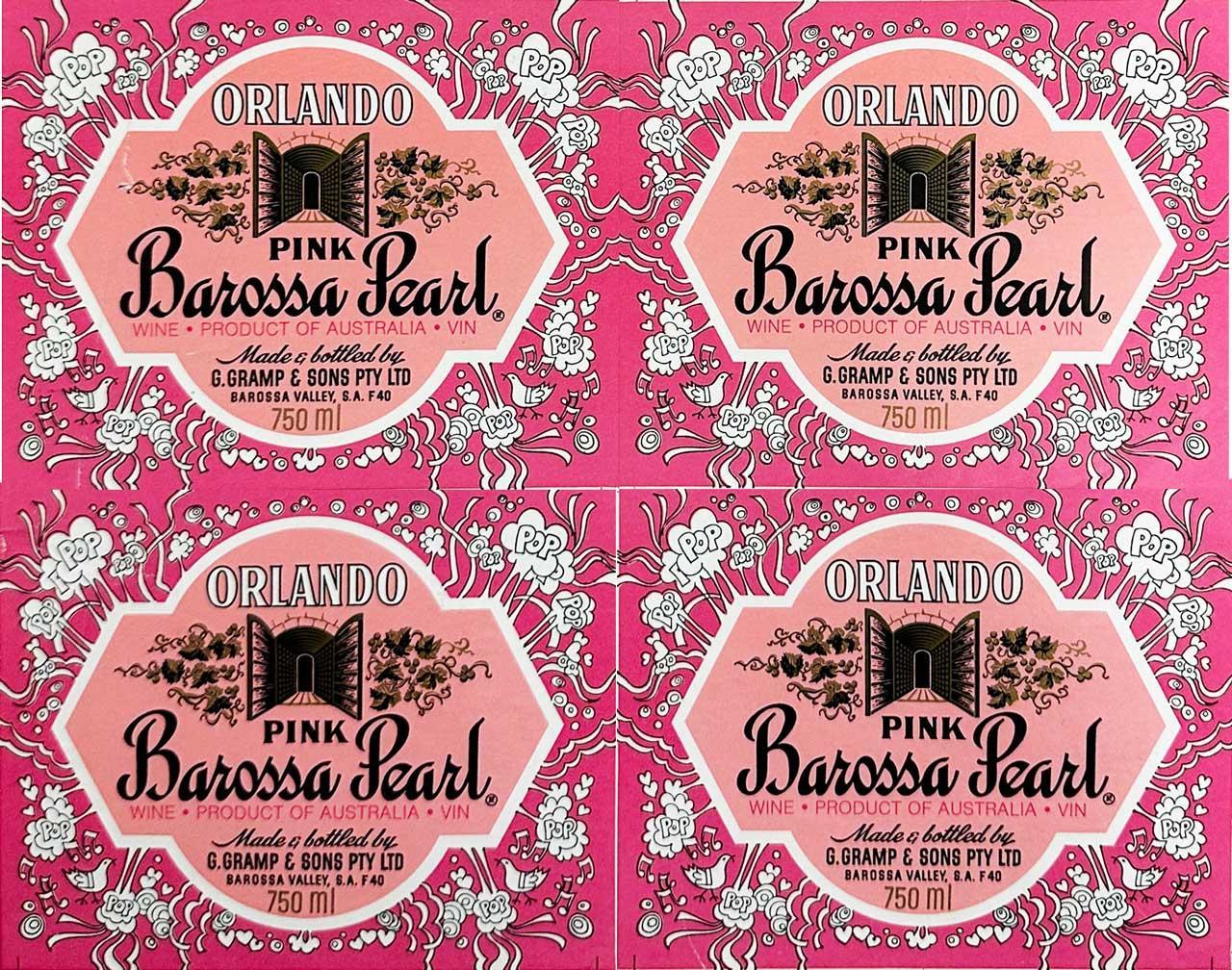
It pops! It bubbles! - How Barossa Pearl changed wine drinking in Australia
Where it began
The story of the Barossa Pearl began when winemaker Colin Gramp (AM) of Orlando was keen to create something different, something that would capture the joy he saw around him in the Barossa vineyards every day.
“I spent four months in Germany during their ‘54 vintage, basically studying the operation and handling of their pressure tanks and their sterile bottling plant for the delicate table wines where you retained a certain amount of sweetness. Prior to germ-proof filtration, we unfortunately had to give the wines a goodly dose of sulphur dioxide. And of course, the sulphur dioxide affected quite a few people. But from then on, there were terrific changes in the industry. Because with the huge demand for Barossa Pearl, in 1956 we had to install the first site semi-automatic sterile bottling plant.”
~ Colin Gramp, Orlando Wines Technical Director
His colleague Gunter Prass (AM) was familiar with German Perlwein styles, so they used this as the basis for what became Barossa Pearl – a sweet, easy-to-drink sparkling wine.
“The bottle design was Colin’s idea. The Perrier bottle was the basis of the design because it withstood pressure. And then as a seal, the first approach was a stopper cork and a metal cap. That was a disaster because it leaked. So then a plastic cork was developed. Not wired down, but held in place by a metal cap. So the distinct bottle and closure were developed here in Adelaide by AGM/Arthur Sampson and label by Wytt Morrô.”
~ Günter Prass AM, Orlando winemaker
Marketing the pearl
Barossa Pearl quickly became part of popular culture, selling over 21 million bottles Australia-wide between 1956 and 1983. Because it was cheaper to produce than Champagne it appealed to a broader market. In 1959 the cost of a bottle of Barossa Pearl was 8 shillings and sixpence (which is $15.51 in today’s currency) compared with Great Western Champagne at 27/6 (which is $22.81 in today’s currency).
The wine was promoted and advertised in the new medium of television but there was also several versions of a radio jingle, which you can listen to below.
Versions of the radio jIngle
We have The Barossa Pearl song radio jingle record in the State Library's audio/visual (AV) collection and we've digitised side 1 of the record below. Warning: It's a catchy tune.
We've also have the sheet music to The Barossa Pearl song, if you'd like to create your own version!
Making a splash at parties
Until this time, wine had been seen as being for the ‘elite’, but the introduction of Barossa Pearl moved it into the mainstream. Its lower alcohol content, compared to other ‘party’ wines, appealed to a new generation of wine drinkers, and it soon became a common feature of social gatherings, dinners, and picnics, encouraging a more relaxed, social approach to wine drinking.
“In the early days, when you went to cocktail parties you got a dry sherry. There was no sparkling wine or champagne style of wines, which we have got today. Table wines were barely in existence. It was the change from beer drinking to wine drinking, and getting women to participate socially on an even par. You know, they were the days when the boys stood around the beer keg in the garage and the women were sitting inside and watching the black and white film and knitting socks. But the sparkling wine changed all that, I think.”
~ Wolf Blass, winemaker SLSA: OH 692/11
The graphic designer
Born in 1922, Wytton Morrô’s graphic design company, Wytt Morrô and Son, specialised in packaging. Wytt designed the first ‘wine-in-a-box’ or 'wine cask', and won many awards for his wine label design - as seen in his own story of his career (SLSA: BRG 233).
His wine label designs played to target markets, such as women with Barossa Pearl’s pink label that had hearts, lovebirds, and musical notes. He later changed the label to a more conventional design. Wytt was the doyen of a golden age of wine label design, producing an Indigenous themed label for Woodley Wines in 1966, and dramatic gold and silver designs for Wolf Blass in the 1970s.
A culture-changing wine
The popularity of Barossa Pearl led to a preference for sweeter wines across the Australian market which allowed wineries to broaden their ranges to cater to these evolving tastes. The original Pearl was brought out again in 2014 but sadly this didn’t last long as tastes have moved on and these days wine-drinkers tend to look for complexity rather than a simple sweetness.
If you are interested in seeing the process of designing a new wine style, check out this 14-minute promotional film, circa 1964. A Pearl from Barossa shows the original, vineyards laboratory and production and bottling facility where this Australian icon was created.
Credits: features Patricia Harrison and Charles Lawson, produced by John Kingsford-Smith ASC, photographed and directed by Jack Gardener ACC, written by Stuart Glover. Used with permission from the Kingsford-Smith family. Any commercial use requires permission from the copyright holder. SLSA: BRG 355/F-3
MORE TO EXPLORE
Treading out the vintage
The State Library has a series of 179 interviews as part of the National Wine Centre’s Oral History project Treading out the vintage 2000-03 which can be listened to in the Library or read online via its catalogue. The creation of Barossa Pearl in 1956 came up in several interviews as seen in these extracts.
SLSA catalogue search for Orlando Wine
Interview with Carolyn Spooner, State Library of SA
Listen to Librarian Carolyn Spooner's interview on 'Travelling Life, Arts and Culture' radio program. Producer Christina Hagger, Radio Adelaide, 12 August 2021.
Interview with Keith Gramp, Orlando Wines
“I received a phone call from Broome one day and they said, ‘Is Barossa Pearl going to be in Melbourne? They’ve gone mad about it up here in Broome’. It was all by word of mouth. When Barossa Pearl was introduced in Melbourne— you may have heard of a footballer from Melbourne called Ron Barassi. This person came in and asked for a Barassi Pearl. Thought we’d named it after him. (Laughter).”
~ Keith Gramp, Orlando Marketing Director
Written by Carolyn Spooner, Engagement Librarian

